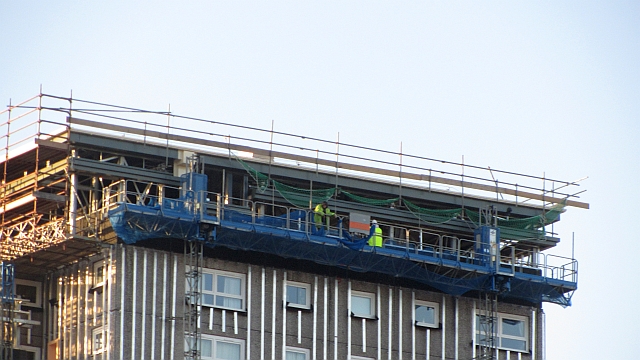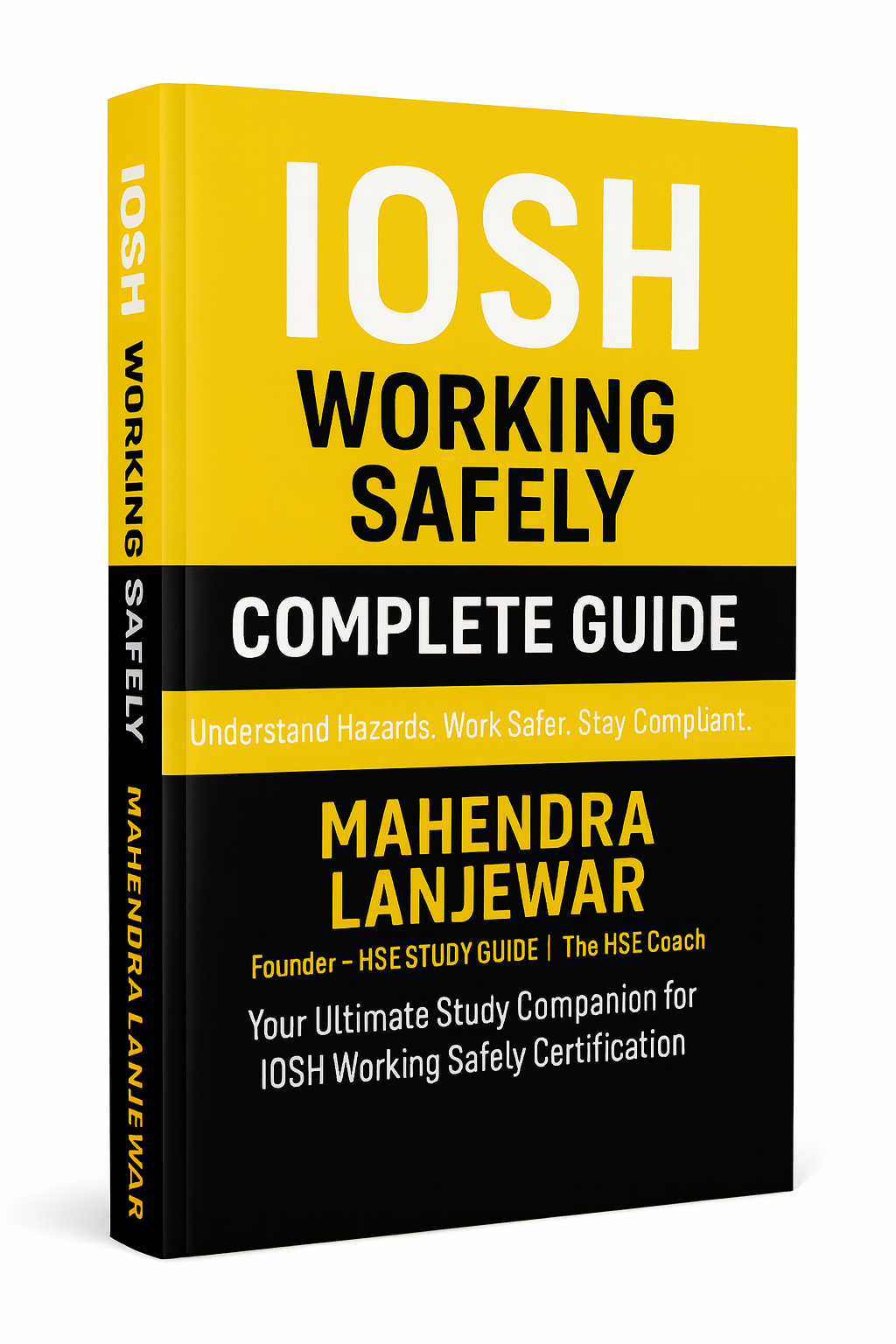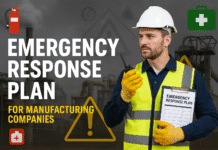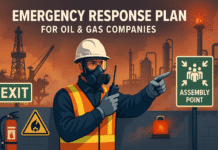
Work at Height can be a challenging and potentially dangerous task, whether it’s on a construction site, a building maintenance project, or any other job that requires individuals to be elevated above the ground. While it is essential for many industries, safety should always be a top priority. In this article, we will explore ten essential safety tips to ensure a safe and secure working environment when working at heights.
1: Assess the Work Area
Before beginning any work at heights, it’s crucial to thoroughly assess the work area. Identify potential hazards, such as unstable surfaces, overhead obstacles, and nearby power lines. Conducting a comprehensive risk assessment will help in planning for the necessary safety measures and equipment.
2: Use Proper Personal Protective Equipment (PPE)
Wearing appropriate Personal Protective Equipment (PPE) is non-negotiable when working at heights. This includes a properly fitted safety harness, helmet, gloves, and non-slip footwear. PPE can significantly reduce the risk of injury in case of a fall or accident.
3: Check and Maintain Equipment
Regularly inspect and maintain all equipment used for working at heights, including ladders, scaffolds, and safety harnesses. Faulty equipment can lead to accidents, so it’s essential to ensure everything is in good working condition before each use.
4: Receive Adequate Training
Proper training is vital for anyone working at heights. Workers should receive training on how to use equipment safely, how to identify potential hazards, and what to do in case of emergencies. Investing in employee training can save lives and prevent accidents.
5: Secure Tools and Materials
Tools and materials should be properly secured while working at heights to prevent them from falling and causing injuries to workers below. Utilize tool belts, lanyards, and other secure storage options to keep everything within reach without the risk of accidents.
6: Mind the Weather
Weather conditions can greatly impact the safety of working at heights. Avoid working in windy or stormy conditions, as these can lead to accidents or destabilize structures. Always check the weather forecast before starting any work at elevated heights.
7: Have a Rescue Plan
Despite all precautions, accidents can still happen. Having a well-thought-out rescue plan is crucial for workers in case of emergencies. Ensure that all team members are aware of the plan and have undergone rescue training, if necessary.
8: Maintain Clear Communication
Clear communication between workers is essential when working at heights. Use radios or hand signals to communicate effectively, especially in noisy environments. This ensures that everyone is on the same page and can respond promptly to any situation.
9: Take Breaks and Stay Hydrated
Working at heights can be physically demanding, so it’s essential to take regular breaks and stay hydrated throughout the day. Fatigue can impair judgment and increase the risk of accidents, so it’s crucial to keep workers fresh and focused.
10: Avoid Working Alone
Whenever possible, avoid working at heights alone. Having a buddy system in place ensures that there is someone nearby to provide assistance or call for help in case of an emergency.
Conclusion
Working at heights comes with inherent risks, but by following these ten essential safety tips, individuals can significantly reduce the likelihood of accidents and injuries. Proper assessment, use of PPE, regular equipment maintenance, and thorough training are all critical components of creating a safe working environment. By prioritizing safety, workers can confidently perform their tasks at heights, knowing they are well-prepared to handle any challenges that may arise.
FAQs
Q1: Is working at heights only dangerous in construction?
While working at heights is commonly associated with the construction industry, it can be dangerous in any situation where individuals are elevated above the ground. This includes maintenance, repair work, window cleaning, and more.
Q2: Can safety harnesses prevent all fall-related injuries?
Safety harnesses are essential safety tools, but they may not prevent all injuries in the event of a fall. They are designed to minimize the impact and reduce the risk of severe injuries, but proper training and equipment usage are equally critical.
Q3: How often should equipment be inspected and maintained?
Equipment used for working at heights should be inspected before each use and regularly maintained as per the manufacturer’s guidelines.
Q4: Are there weight restrictions for using certain equipment?
Yes, many types of equipment used for working at heights have weight restrictions. It is essential to follow these guidelines to ensure the safety and stability of the equipment during use.
Q5: Can I work at heights during inclement weather with proper PPE?
Working at heights during inclement weather, even with proper PPE, can be risky. It’s best to avoid such conditions as they can increase the likelihood of accidents and injuries.
























